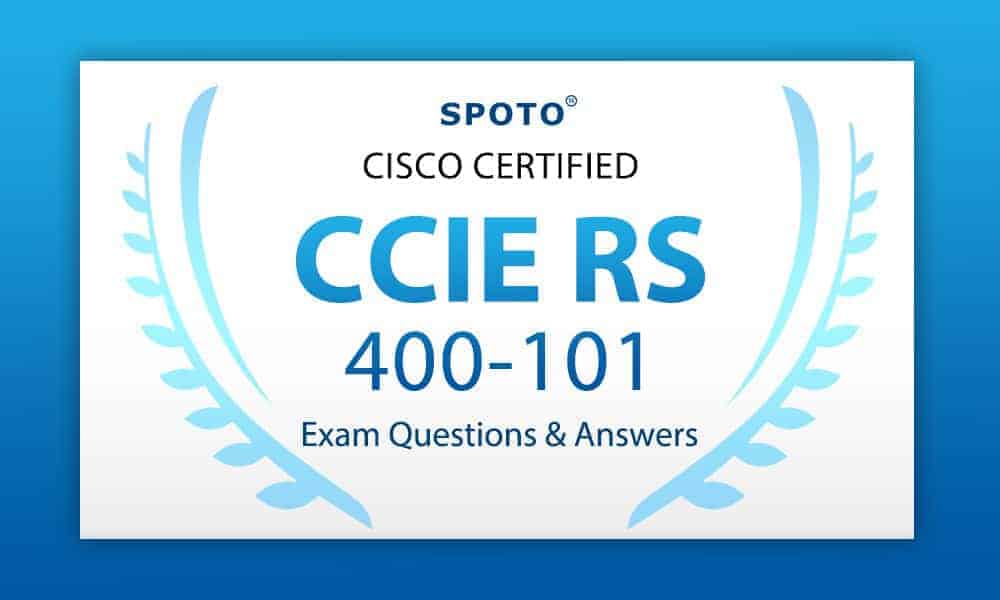CCIE Routing and Switching v4.0 Quick Reference: Network Optimization

Table of Contents
CCIE Routing and Switching v4.0 Quick Reference: Network Optimization would be covering the SLAs, SPAN, RSPAN, NetFlow, and RITE as well as Cisco IOS EEM. 
IP Service Level Agreement (SLA)
One of the most important aspects that would be needed to consider in maintaining a network is providing a guarantee of an explicit level of service to customers. In order to ensure that such an agreement is met at all times, IOS would be providing a mechanism so as to actively test specific metrics, called IP SLA. When configured, the IP SLA service would be active monitors a specific aspect of the network, like the DNS response time, UDP VOIP jitter, ping latency, and so on. If the IP SLA thresholds are not met, IOS would be sending a notification, like an SNMP trap or syslog message.
NetFlow:
As packets are going to be sent through router interfaces, they could be classified into flows. This information could be sent from the router so as to monitor the server that could be providing valuable information about the traffic traversing the network. A flow could be described by a number of fields:
- Destination IP address
- Destination port
- Interface
- Protocol type
- Source IP address
- Source port
- Type of Service
In order to determine if a packet belongs in a particular flow, the seven packet fields are going to be inspected. If anyone of the fields would be different, the packet in question which could be considered a new flow. NetFlow statistics could be collected on the following types of networks: IP, MPLS, Frame Relay, and ATM. You could learn all of these in detail, by joining the SPOTO, which is the best institute for Cisco Certifications.
SPAN, RSPAN, and RITE (Router IP Traffic Export)
Viewing the packets between two devices is often considered the best way to troubleshoot a networking issue. Many organizations would be deploying network monitoring servers for both network functionality as well as security purposes. In order to provide these servers a stream of data from all the segments of the network, the Switched Port Analyzer (SPAN) mechanism built into Cisco switches would be utilized. A SPAN port is considered as a physical port that is configured so as to send data which would be received on other ports or VLANs. When the data is sent out the SPAN port, it would be simply a copy of all the data that would have been sent through the configured source ports. The SPAN functionality assumes that the destination of the traffic would be directly connected to the switch. If the network is large, it might be not possible to wire a single monitoring station to multiple switches along with SPAN ports. Fortunately a special remote SPAN (RSPAN) VLAN could be created that would be transporting the SPAN port information into another switch. This would be enabling aggregation of monitoring data into a single VLAN that could be sent to the monitoring station.
Cisco IOS Embedded Event Manager (EEM)
In the normal operations of the switch or router, events like the CLI command, a syslog message, or an SNMP trap, for example, could be occurring constantly. These events would be detected by the EEM Event Detectors that would be sending their information to the EEM server. The EEM server can then be programmed for the implementation of an EEM policy. Now, if you wish to learn all of it in detail, you could do it by joining the preparation courses which are being offered by the SPOTO. When it comes to various IT certifications, SPOTO would be considered the best destination for you.